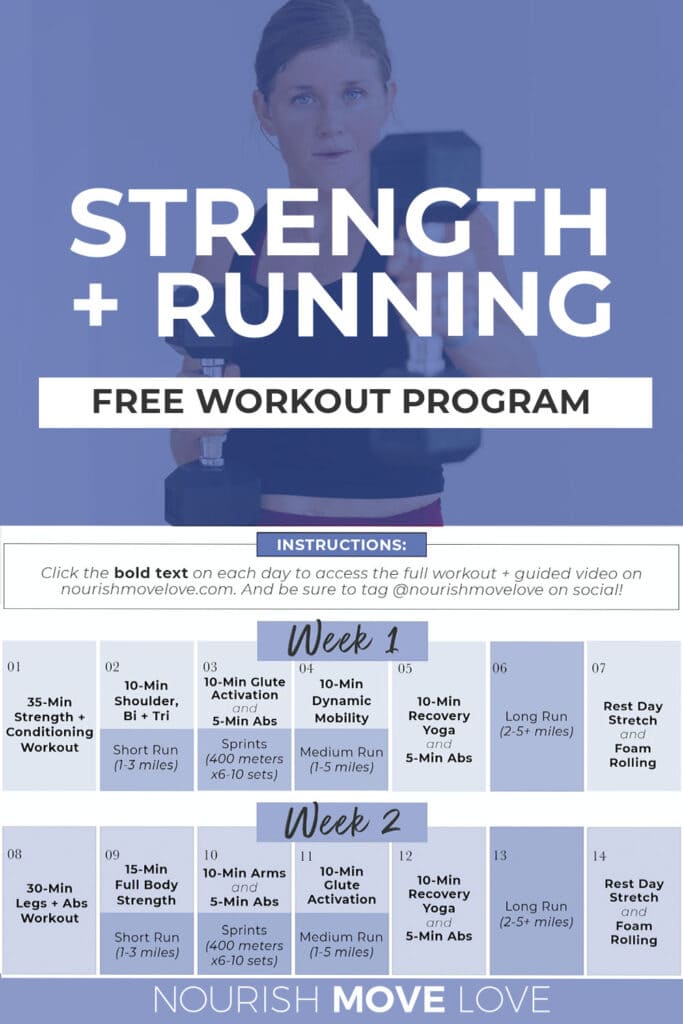Raise Your Running Strategy with Proven Techniques
Raise Your Running Strategy with Proven Techniques
Blog Article
Handling Typical Running Discomforts: Causes, Solutions, and Prevention
As joggers, we frequently experience various pains that can prevent our efficiency and enjoyment of this physical activity. From the debilitating discomfort of shin splints to the unpleasant IT band disorder, these usual operating pains can be frustrating and demotivating. Understanding the causes behind these disorders is essential in successfully resolving them. By exploring the root factors for these operating discomforts, we can discover targeted services and safety nets to ensure a smoother and a lot more meeting running experience (a fantastic read).
Usual Running Pain: Shin Splints
Shin splints, a typical running pain, often result from overuse or inappropriate footwear throughout physical activity. This condition, clinically referred to as median tibial tension disorder, manifests as pain along the internal side of the shinbone (tibia) and is common amongst professional athletes and runners. The repeated stress and anxiety on the shinbone and the tissues attaching the muscle mass to the bone brings about inflammation and pain. Runners that swiftly increase the intensity or duration of their workouts, or those who have level feet or improper running methods, are specifically at risk to shin splints.
To stop shin splints, people ought to gradually boost the intensity of their workouts, put on ideal footwear with appropriate arch assistance, and maintain versatility and toughness in the muscles surrounding the shin (running strategy). In addition, incorporating low-impact tasks like swimming or biking can help maintain cardiovascular health and fitness while allowing the shins to heal.
Typical Running Discomfort: IT Band Disorder
Along with shin splints, one more common running discomfort that professional athletes frequently come across is IT Band Disorder, a problem triggered by inflammation of the iliotibial band that runs along the outer thigh and knee. IT Band Disorder commonly shows up as pain on the outside of the knee, especially during activities like running or cycling. The iliotibial band is a thick band of fascia that links the aware of the shin, and when it comes to be swollen or limited, it can massage versus the upper leg bone, bring about pain and discomfort.
Joggers experiencing IT Band Syndrome may notice a painful or aching experience on the outer knee, which can worsen with ongoing activity. Variables such as overuse, muscle mass imbalances, incorrect running form, or poor warm-up can add to the development of this problem.
Common Running Discomfort: Plantar Fasciitis

Plantar Fasciitis can be associated to different right here aspects such as overtraining, inappropriate shoes, working on tough surface areas, or having high arcs or level feet. To avoid and reduce Plantar Fasciitis, runners can incorporate stretching exercises for the calves and plantar fascia, wear supportive footwear, preserve a healthy and balanced weight to reduce strain on the feet, and gradually increase running intensity to avoid sudden tension on the plantar fascia. If symptoms persist, it is recommended to consult a medical care specialist for appropriate diagnosis and therapy choices to deal with the condition effectively.
Common Running Pain: Runner's Knee
After addressing the obstacles of Plantar Fasciitis, one more prevalent problem that runners usually deal with is Jogger's Knee, a typical running pain that can hinder athletic efficiency and trigger discomfort during physical activity. Runner's Knee, additionally known as patellofemoral pain disorder, manifests as pain around or behind the kneecap. Runners experiencing this discomfort might really feel a dull, aching pain while running, going up or down stairs, or after long term durations of sitting.
Typical Running Discomfort: Achilles Tendonitis
Commonly afflicting joggers, Achilles Tendonitis is an excruciating problem that affects the Achilles tendon, triggering pain and prospective limitations in exercise. The Achilles ligament is a thick band of cells that links the calf bone muscles to the heel bone, essential for tasks like running, jumping, and walking - go to this site. Achilles Tendonitis frequently creates because of overuse, inappropriate shoes, insufficient extending, or abrupt increases in exercise
Signs of Achilles Tendonitis include discomfort and tightness along the ligament, specifically in the early morning or after periods of inactivity, swelling that worsens with activity, and potentially bone spurs in persistent situations. To protect against Achilles Tendonitis, it is essential to stretch correctly in the past and after running, wear ideal shoes with proper assistance, progressively enhance the strength of workout, and cross-train to minimize repeated stress and anxiety on the tendon.
Final Thought

Report this page